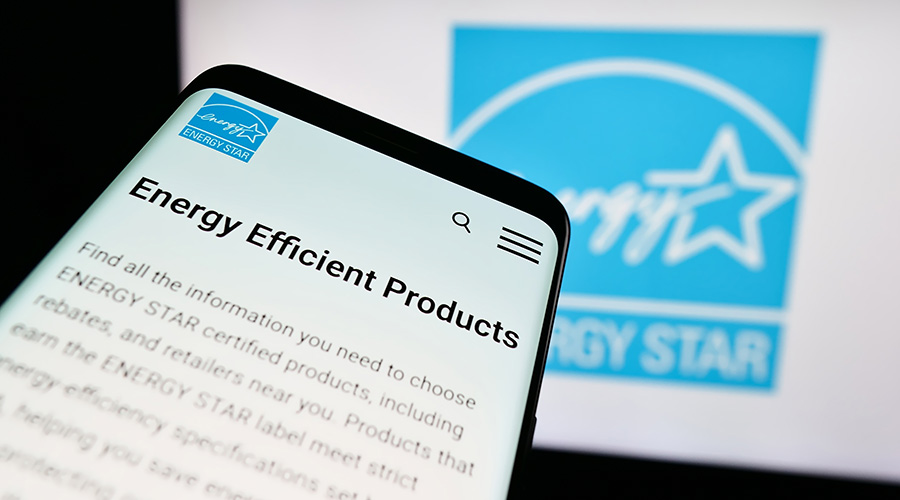Transwestern's Sustainability Efforts a Cornerstone of Company's Work
Transwestern was founded in 1978 as a small Texas-based development company. Throughout the 1980s it transitioned into a third-party property manager and leasing business and grew its portfolio to more than 30 million square feet. Mergers in the last two decades expanded the company's reach from coast to coast.
Then, in September 2009, Transwestern got some really good news. It had been selected to manage about 47 million square feet for RREEF Americas, the real estate investment management business of Deutsche Bank's asset management division. Though this deal wasn't the first time Transwestern would be managing properties located across the country for an organization, the magnitude of the RREEF deal triggered Transwestern's leaders to start thinking about how they'd keep their service consistent nationwide.
"It struck me that we had to have internal processes to standardize how we operate," says Steve Harding, Transwestern's chief financial officer. "We had to determine our best practices to roll out to our clients."
The solution is the IQA team. The team is made up of five members — leaders of the engineering, property management, IT, accounting, and sustainability groups — that conduct monthly conference calls and meet in person quarterly.
"The idea is to make sure everyone communicates in the same way," says Skodowski. "Our goal is to ensure that a national company that had worked regionally is able to work with national standards."
Last summer, Vicki Hollon, senior vice president and head of the property management division, went to each of the company's nine regions to ask the regional leaders and as many of the company's 1,700 employees as she could about hot button issues and what keeps them awake at night.
"What we found is that the issues were similar across the country," says Hollon. The need for more training was one of those similarities, especially in regards to sustainability, Energy Star and LEED.
"It makes sense that as we're developing and reinventing best practices, sustainability should be added," says Hollon. "Sustainability should be standard operating procedure, and the IQA team will take it out to each region."
It's not like the company was a sustainability newbie. Harding explains that the company had been committed to green since its founding, but it really started strategically in the late 1990s with a partnership with the U.S. Environmental Protection Agency to use Energy Star to rate its buildings. That partnership was partially driven by the energy crisis in California.
Energy Plaza:
LEED Isn't the Finish Line
One of the big changes in the real estate market has been the willingness of building owners to set their sights higher when it comes to sustainability.
A case in point is Energy Plaza, a Class A 49-story, 1.2 million-square-foot building located in downtown Dallas. Energy Future Holdings Corp., a privately owned Texas electricity utility, owns the building and occupies about 250,000 square feet of the building's office space.
Getting LEED certification was one of the owner's big goals, says David Bryant, Transwestern property manager for Energy Plaza. Skodowski suggested the best cost/payback result would be to try for LEED-EBOM Silver certification. The owner had just done lighting and BAS upgrades, so the Energy Star score at the start of the LEED initiative was already pretty good: 78.
After the 60-day assessment period in mid-2009, the team realized the building was only a few points shy of a Gold certification. So Skodowski did a proposal and calculated the cost to get to Gold. The owner accepted the proposal and, by adding some drought-resistant plants to the landscaping and a few other strategies, the building earned Gold.
Bryant says he's still in regular communication with Skodowski to bounce ideas off of him and try to learn about ways to improve. Since the certification, the building's Energy Star score has increased to 88.
"We're excited and proud of our building," says Bryant. "But we see LEED not as a destination, but as a process. Continual improvement is key. It's a lot of work when you're doing it, but the tools you get allow you to quantify things you never quantified before."
— Greg Zimmerman |
Related Topics:















